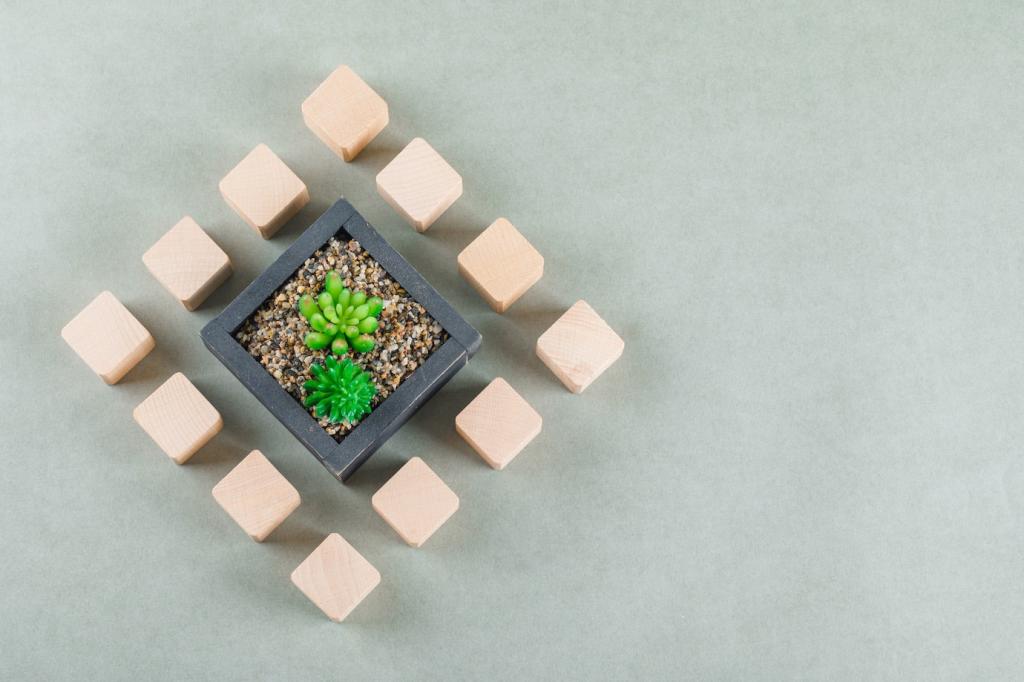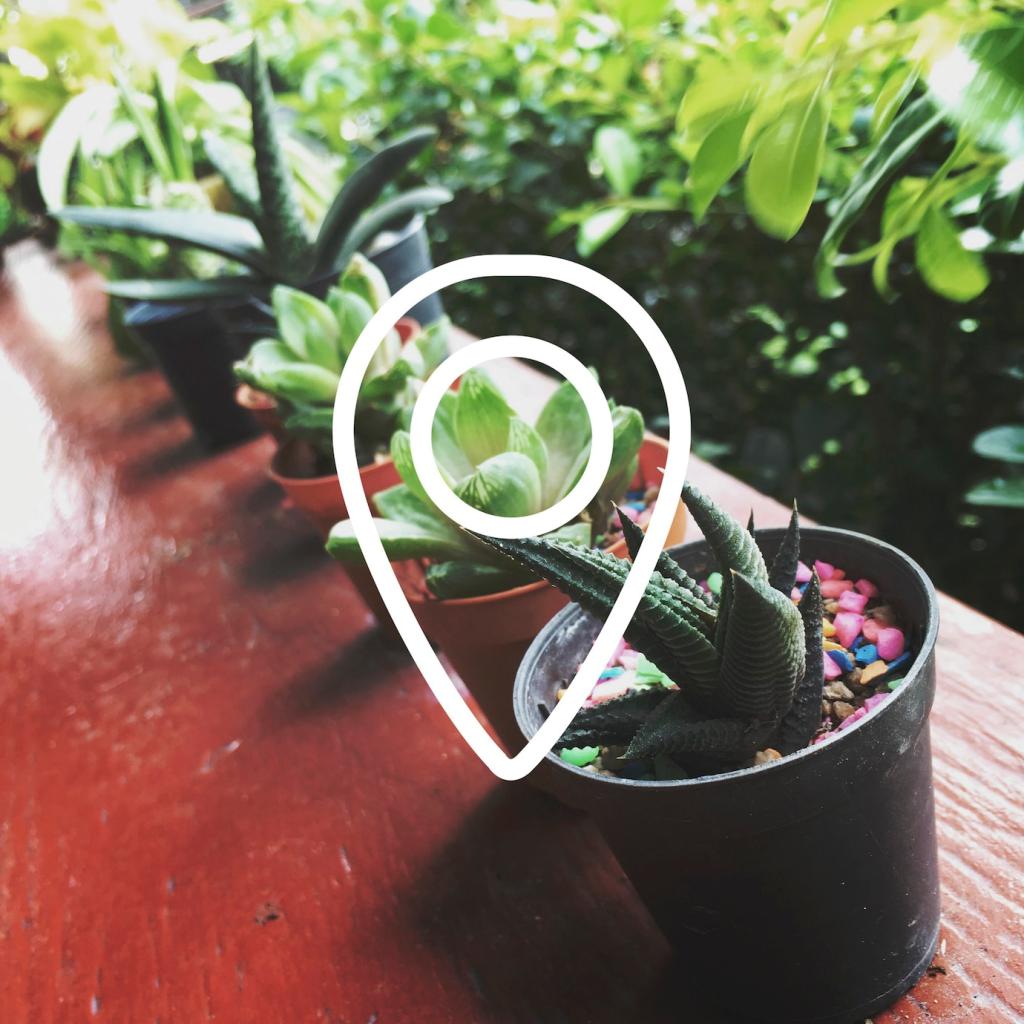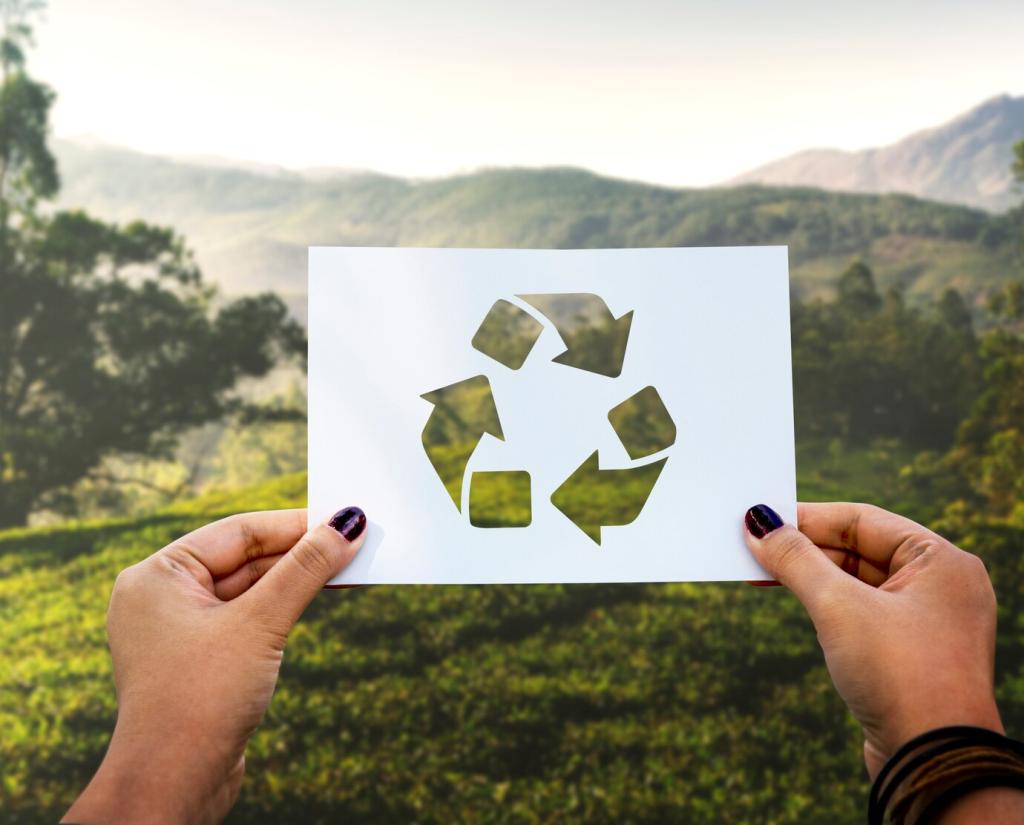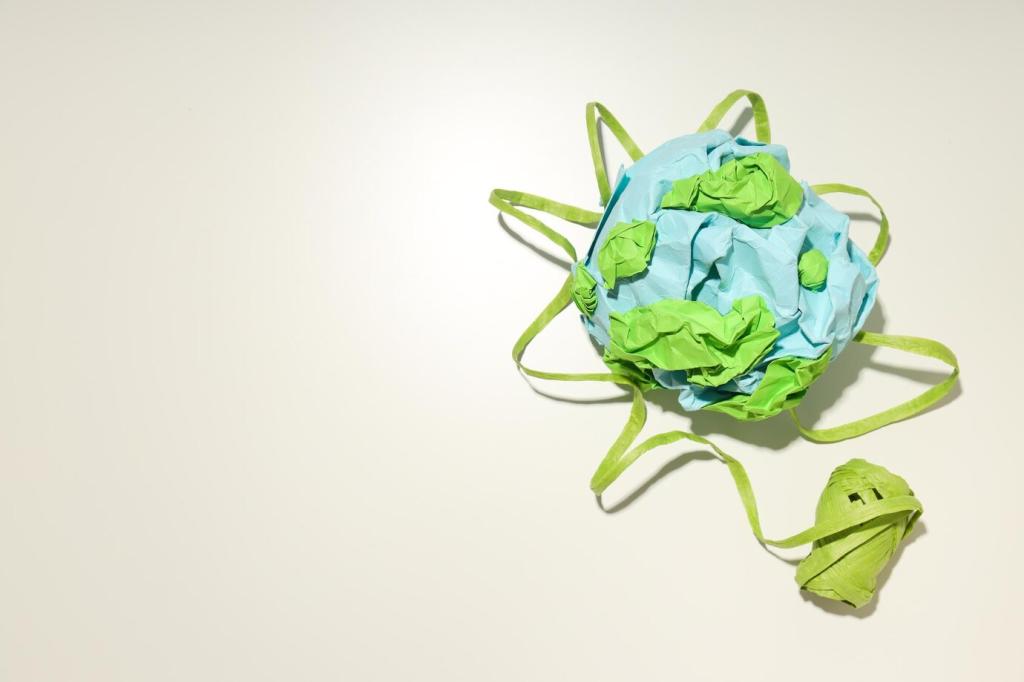What Biodegradable Really Means in Your Kitchen
Biodegradable simply means something can break down over time, but it does not guarantee conditions, speed, or safety. Compostable indicates breakdown into non-toxic elements under specific conditions. Home compostable means your backyard bin is enough; industrial compostable needs commercial heat and airflow.
What Biodegradable Really Means in Your Kitchen
Look for ASTM D6400 or EN 13432 for industrial compostability and OK compost HOME from TÜV Austria for backyard-friendly items. These marks signal testing for disintegration, biodegradation, and ecotoxicity, helping you avoid vague claims and choose kitchen tools that truly return to nature.




